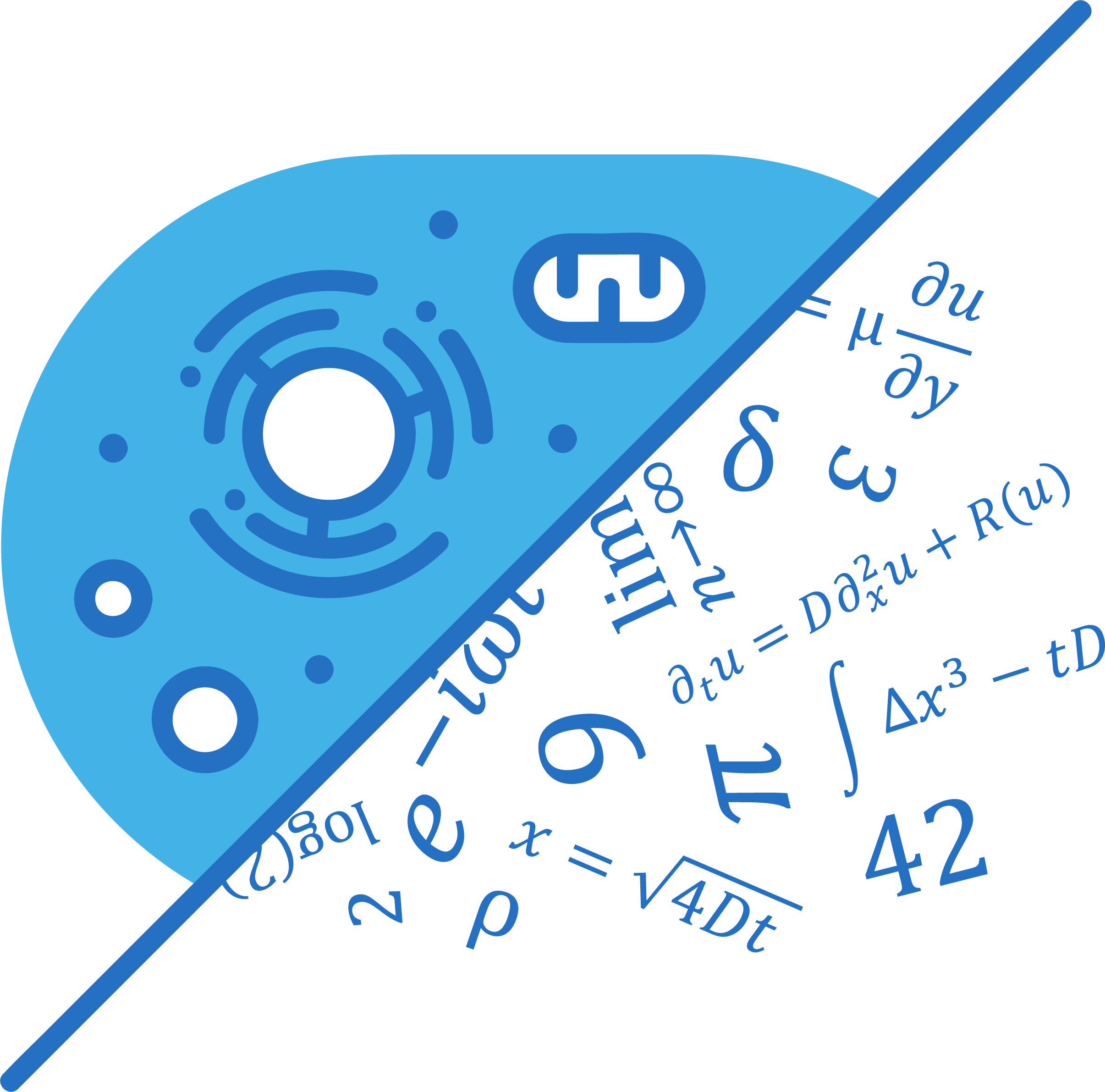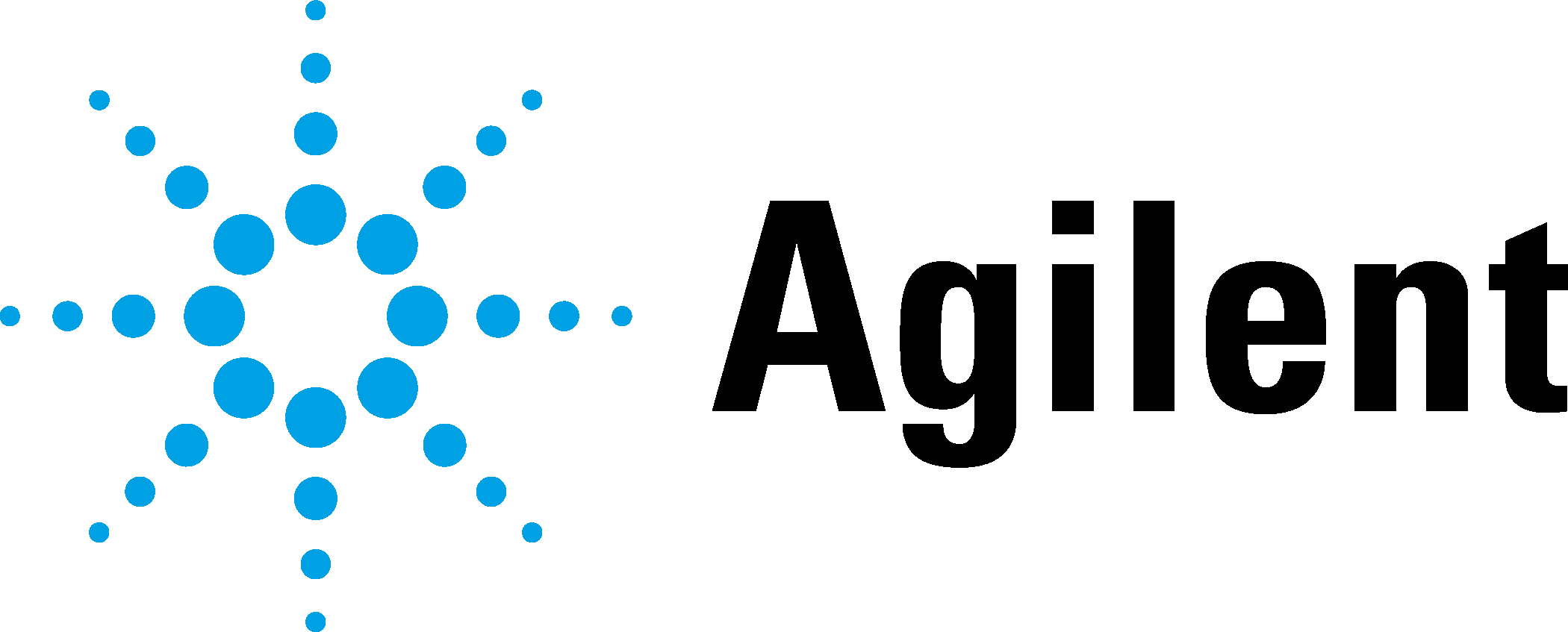|
15th Annual Symposium Physics of Cancer Leipzig, Germany Sept. 30 - Oct. 2, 2024 |
PoC - Physics of Cancer - Annual Symposium |
|
|
Invited Talk
How collagen translates mechanical forces to oxidative stress
Heidelberg Institute for Theoretical Studies, HITS gGmbH, Schloss-Wolfsbrunnenweg 35, 69118 Heidelberg
Contact: | Website
Collagen fibrils consist of staggered triple-helical molecules interconnected by lysine-derived crosslinks. Under high mechanical stress, these fibrils can produce mechanoradicals through homolytic bond scission, similar to chemical polymers. Using scale-bridging reactive Kinetic Monte Carlo/Molecular Dynamics (KIMMDY) simulations, we investigate the micro-rupture sites in collagen under stress. Our findings reveal that the crosslinks are the primary rupture sites rather than the peptide bonds of the collagen backbone. These crosslinks act as sacrificial bonds, rupturing before other bonds in the collagen fibril and thereby preserving the overall integrity of the structure. Additionally, our simulations and EPR experiments show that the rupture of these bonds can generate exceptionally stable radical species, which limits potential uncontrolled chemical damage to the fibril. This unique failure mode points to an evolutionary adaptation in collagen's structure, likely designed to resist early onset of macroscopic failure and material aging by translating mechanical forces into controlled oxidative stress responses.
|









